Well, it’s kind of like this: Imagine for moment as if a chunk of the United States -- a part of West Virginia or something -- were suddenly plopped down in the middle of western Europe, say Germany. Wouldn’t that be a little strange?
That was my go-to response last summer when I returned home from my trip to Kaliningrad to work on Lonely Planet’s guide to Russia, and friends would ask: “So, what’s it like?”
I know the analogy isn’t perfect, but it feels close enough. Russia acquired the old German port of "Königsberg" -- today's Kaliningrad -- as part of the spoils of war after having defeated Nazi Germany in World War II, and it remains to this day an island of Russian (and Soviet) culture surrounded by a sea of European Union blue.
Here's a short primer on Kaliningrad for readers who might not be familiar with its story: The region’s origins go back to the 13th century, when Königsberg served as the headquarters for the Teutonic Knights, an order of medieval crusaders who’d repaired to the Baltic region after having been pushed out of the Middle East. The order’s goal back then was to Christianize pagan Prussians and Lithuanians, a feat they carried out with ruthless efficiency.
Over the years, the Knights managed to alienate just about everyone in their vicinity (including Poles, Lithuanians, and the pope) and they were eventually defeated in battle in 1410. Königsberg, though, prospered due to its access to the sea and proceeds from the lucrative amber trade. The city later emerged as the capital of the German province of East Prussia. Among its various claims to fame, it was the birthplace of both philosopher Immanuel Kant and (possibly) ancestors of American film director Woody Allen, who was born “Allan Stewart Konigsberg.” True fact.
And then came World War II. As the easternmost German city before the war, Königsberg found itself poorly situated in 1943 and ’44 as the war turned against Nazi Germany. The end came in the winter of 1945, when the Soviet Red Army launched a massive offensive that ended in German capitulation that April. Much of the city was bombed to rubble, and one of the most poignant surviving sights from that period remains underground: Germany’s command bunker, where the surrender was agreed to on 9 April 1945.
After the war, the Soviets annexed large parts of former-German East Prussia, expelled the surviving German population, and replaced the expellees with people from around the Soviet Union. The city and surrounding region were renamed “Kaliningrad” to honor a high-ranking Soviet official, Mikhail Kalinin. Because of its strategic maritime location, close to NATO naval bases, Kaliningrad was given a military cast and closed off to Westerners. These days, while it’s more accessible, the city retains an essence of that enforced Cold War isolation.
From the end of World War II to the collapse of the USSR in 1991, Kaliningrad’s western location didn’t stick out much as a geographic oddity. After all, the three Baltic countries (Lithuania, Latvia, and Estonia) were also constituent parts of the USSR, and neighboring Poland, to the south, was nominally part of the pro-Soviet Eastern bloc. On maps from the 1970s and ‘80s, Kaliningrad appears as a logical extension of the Soviet landmass to the Baltic shoreline.
That changed dramatically with Lithuania’s declaration of independence in 1990 and the dissolution of the USSR a year later. Once Lithuania and Poland joined the European Union in 2004, Kaliningrad’s precarious position as a Russian region, well outside of the Russian Federation, was fully exposed. These days, it’s not possible to enter Kaliningrad by land without first passing through the EU. A fact that, well, just seems strange.
So, what to make of this Russian enclave that sits a mere 100 miles (160 km) from the Polish port city of Gdańsk, but a full 800 miles (1250 km) west of Moscow?
Before my trip, I wasn’t sure what to expect. I’d read that Soviet planners in the 1960s and ‘70s had built some monumental (and hideous) structures, including the “House of the Soviets” (see photo, below), in their effort to erase any vestige of Prussian heritage. (The House of the Soviets, by the way, is still standing – an enormous H-shaped structure that cost million of rubles to build but was ultimately never commissioned.) The 1990s were tough years for the city, and poverty and crime became serious problems.
One of the questions I had before going in was whether Kaliningrad was still essentially a German city, with a coat of Russian (or Soviet) paint, or whether it was by now an authentic Russian city, built on a German foundation. After having spent a couple of weeks there to take it all in, I’d say the answer is a bit of both, and maybe mostly neither.
The sheer scale of the place – more Soviet than German -- took me by surprise. I’d been expecting a compact city, more like a German regional capital such as Nuremberg or Dresden, but the walk from the bus and train stations in the southern part of the city to my hotel in the northwest neighborhood of Amalienau took the better part of an hour. (There are plenty of buses and taxis, so distances aren’t really an issue).
The lack of a central or historic core was also, at first, a little disorienting. Maybe I’ve spent too much time in Central Europe, where cities inevitably begin at some medieval square and move outward from there, but I never did succeed in locating Kaliningrad’s “center.” It’s clear the busy intersection at Ploshchad Pobedy (Victory Square), in the northern part of the city, is the modern commercial hub, but how about the historic core?
My old Königsberg maps told me that area was south of Ploshchad Pobedy, closer to Kant Island, but these days that part of the city is a mass of highways and flyovers. The island, itself, was once a densely populated piece of the “Old Town” before the war, and is still home to the Kaliningrad’s beautiful 14th-century Cathedral, but it’s trapped in the middle of a concrete labyrinth. The island itself is mostly parkland. My sense was the Soviet planners simply bulldozed the old street plan along with all of the other bombed-out buildings.
Yet, there are pockets of old Königsberg that leap out at unexpected points that show the city remains something of a Prussian-Soviet hybrid and a trove for cultural archeologists like me. I was especially taken with the surviving redbrick Prussian gates that once formed part of the city’s defenses in the 19th century and today mark out the extents of the old town.
Seven of the original eight gates, built in the mid-19th century in neo-Gothic style, survived World War II, and their facades are still blackened by the war and decades of exhaust from passing cars. Some of them, such as my personal favorite, the Zakheim Gate (see photo), are being restored and put to alternate uses (the Zakheim Gate has been repurposed into an arts center). The old Dohna Tower and adjoining Rossgarten Gate, another piece of old Prussia, house the city’s Amber Museum.
Walking around the periphery and seeing those old Prussian gates reminded me a little of the Romanian city of Sibiu, another place (admittedly in a different part of Europe with a different history) where the old Saxon presence has lingered on in the architecture long after the last actual German residents have left.
South of Kant Island, “Fish Village” isn’t quite as quaint as the name suggests, but it’s nevertheless a pretty spot along the Pregolya River for a walk, followed by some coffee klatch and cake. This section of Kaliningrad, not far from the port, was obliterated in the war, but here the Soviet planners thankfully opted to give the houses mock timber facades that recall medieval German Fachwerkhäuser. Squint your eyes for a moment, and, yeah, this might be old Königsberg after all.
Kaliningrad’s outer residential areas, such as Amalienau, where my hotel, the Chaika, was located, were largely spared the destruction of the war, and it’s perhaps here in the low-density streetscapes of villas and townhouses where the spirit of the old city survives best. This was my favorite neighborhood for after-research, after-dinner walks to catch my breath and relocate my historical bearings. During those walks, I'd spy those beautiful stone houses crying out for some renovation love and indulge my inner-real estate agent. What if I bought some property here and fixed it up?
But wait, this is Russia, and therein lies the rub.
As pretty as Kaliningrad is in spots and as fascinating as it is almost everywhere you look, it's hard to ignore the isolation that still permeates the place, long after the end of the Cold War. It took me a while to recognize what was missing, and it came to me only after I left: What Kaliningrad needs are tourists.
The dangers of overtourism, these days, are well documented, but the dangers of “undertourism” might be just as damaging. Tourism brings with it money, energy and an outside appreciation of places and stories that locals take for granted or simply don’t recognize. It’s not that there are no tourists here – and certainly many Russians from around the country do visit – but the colorful parade of Germans, French, British, Italians, and, yes, even Americans, was missing.
To remedy that, perhaps, the Russians selected Kaliningrad as one of their host cities for upcoming FIFA World Cup 2018 football championship this summer, and in an ordinary year, that might have helped to reintroduce the city to the continent. But given the string of recent political events, in Britain, the United States, Syria, and many other places, that have strained Russia’s relations with the outside world, my fear is that this World Cup might just be a bust.
And that would be a shame. Kaliningrad is an integral part of Europe, and it’s time it came in off the island.
Pick up a copy of Lonely Planet’s recently updated travel guide to Russia to read more of my adventures in Kaliningrad and for tips on what to see and do around the country. For more on Russia, listen to episode #605 of the Amateur Traveler podcast, where I speak about all of the amazing sights and cities along the Volga River.
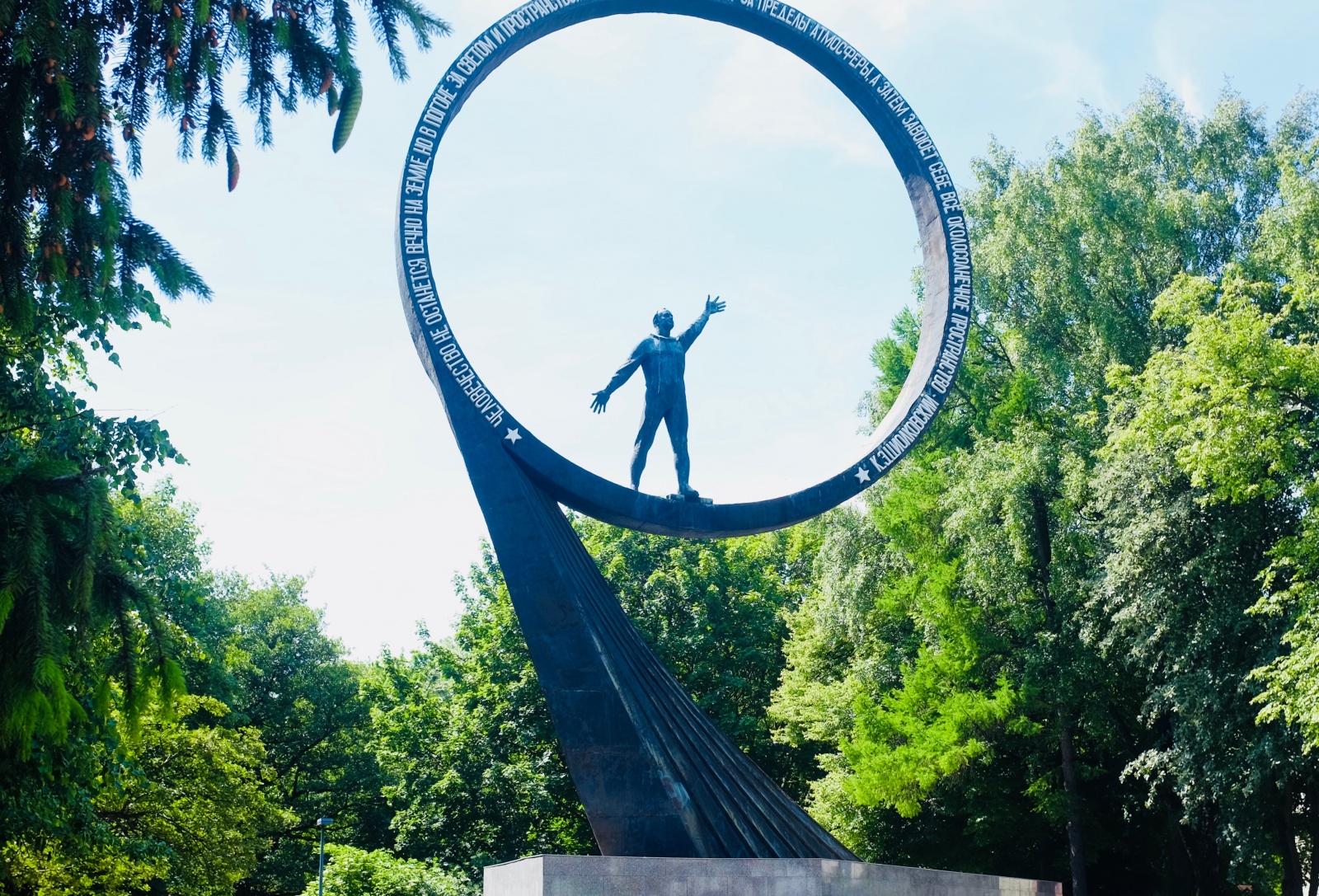

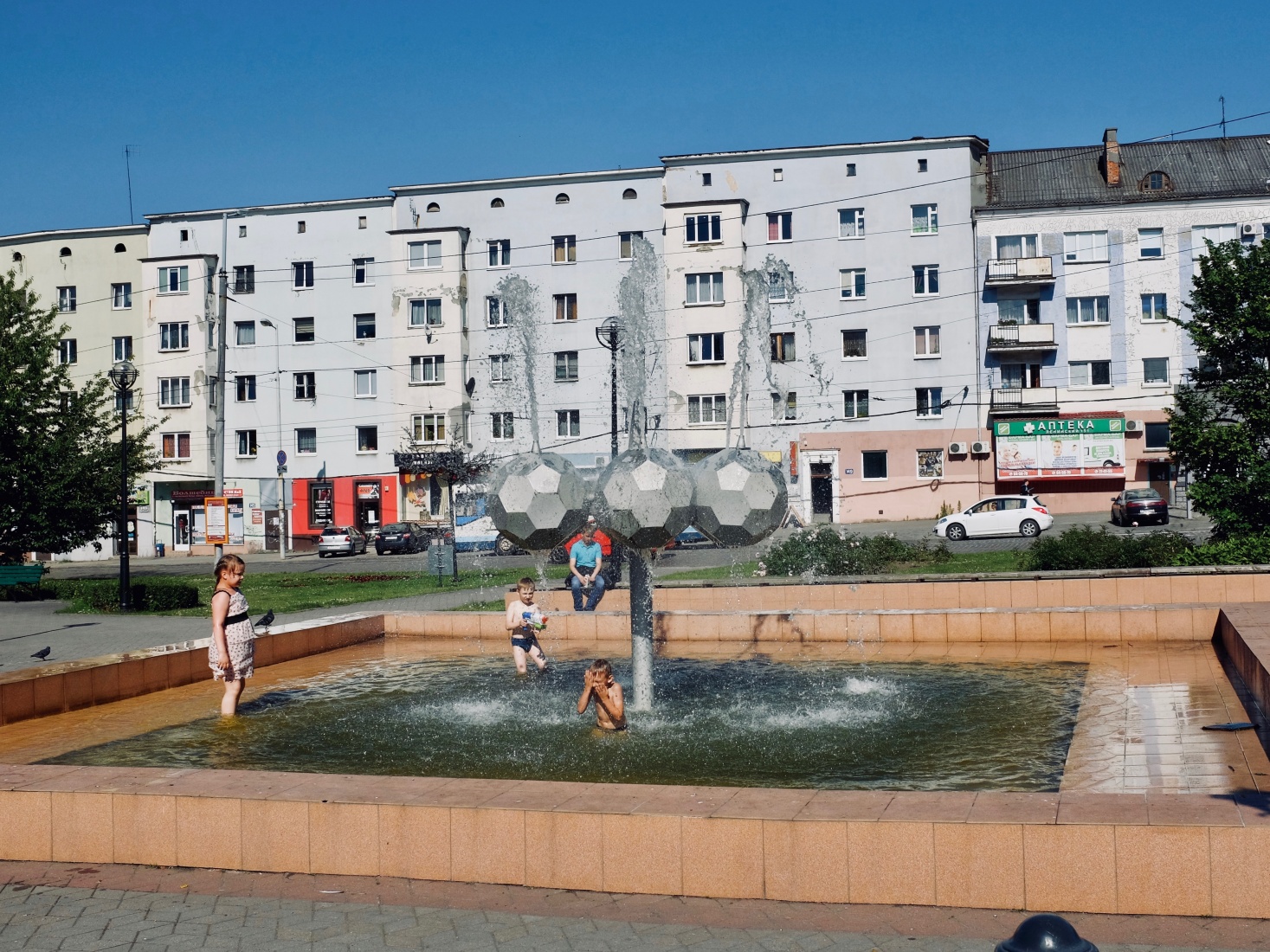
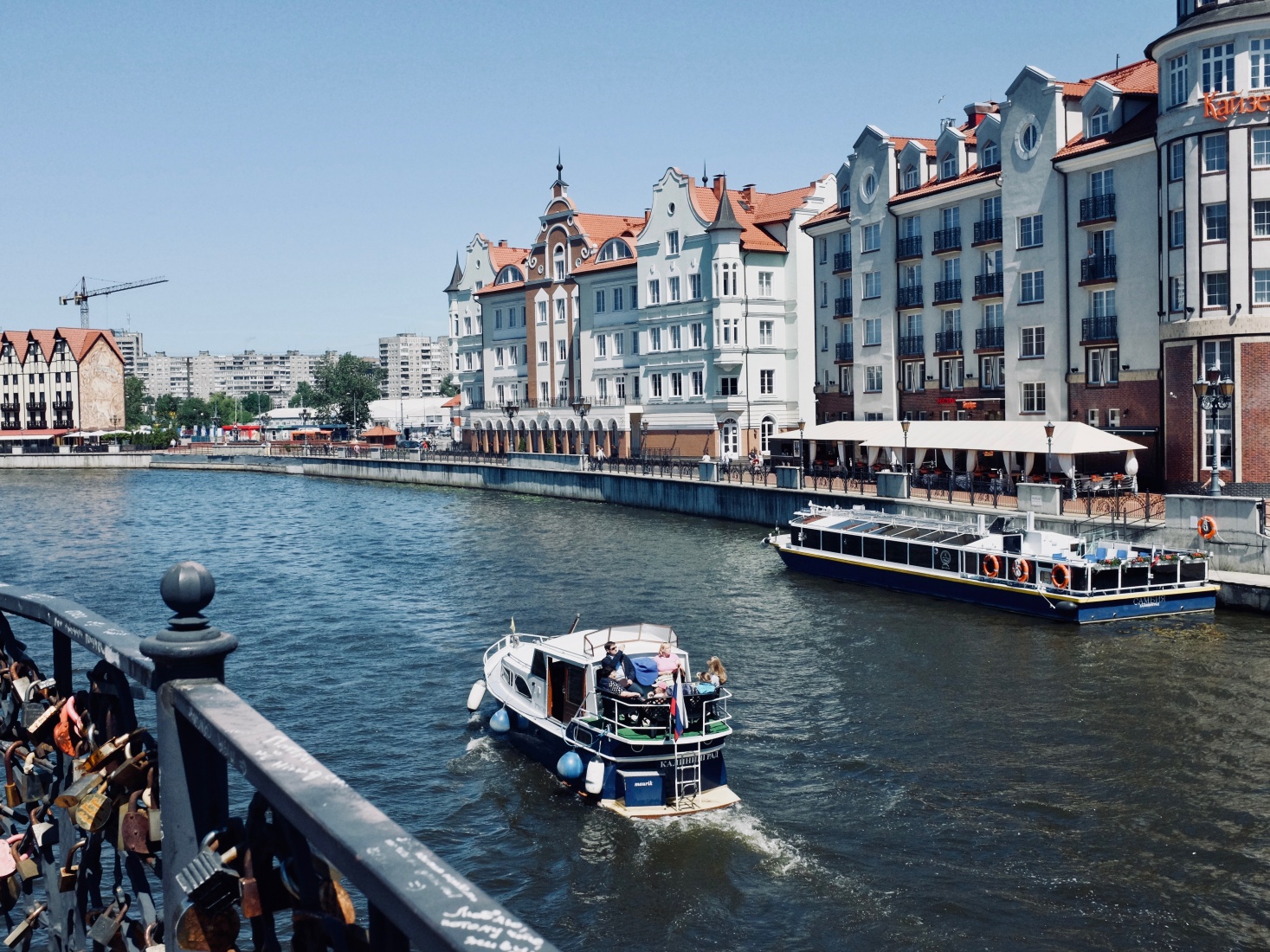
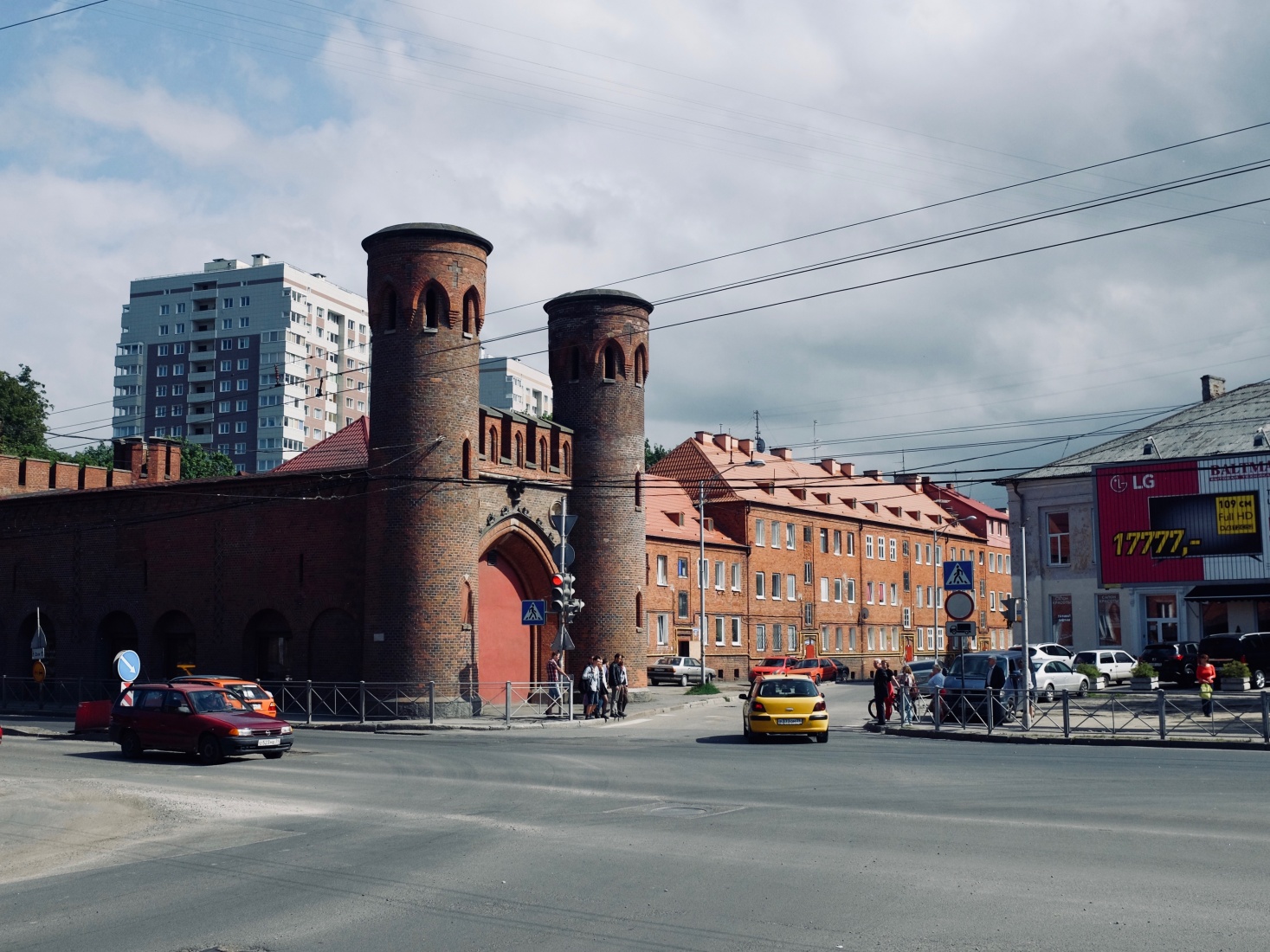
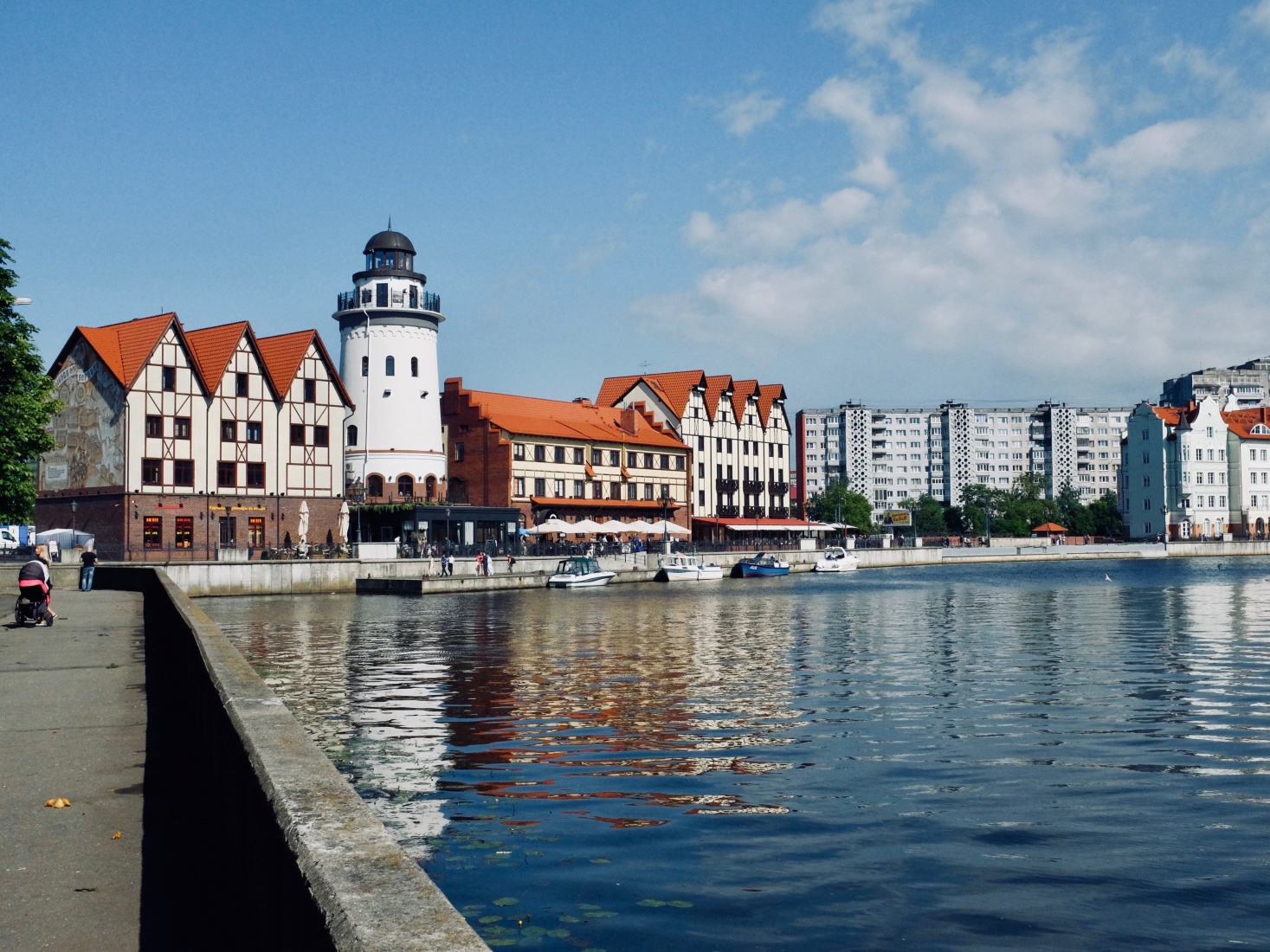
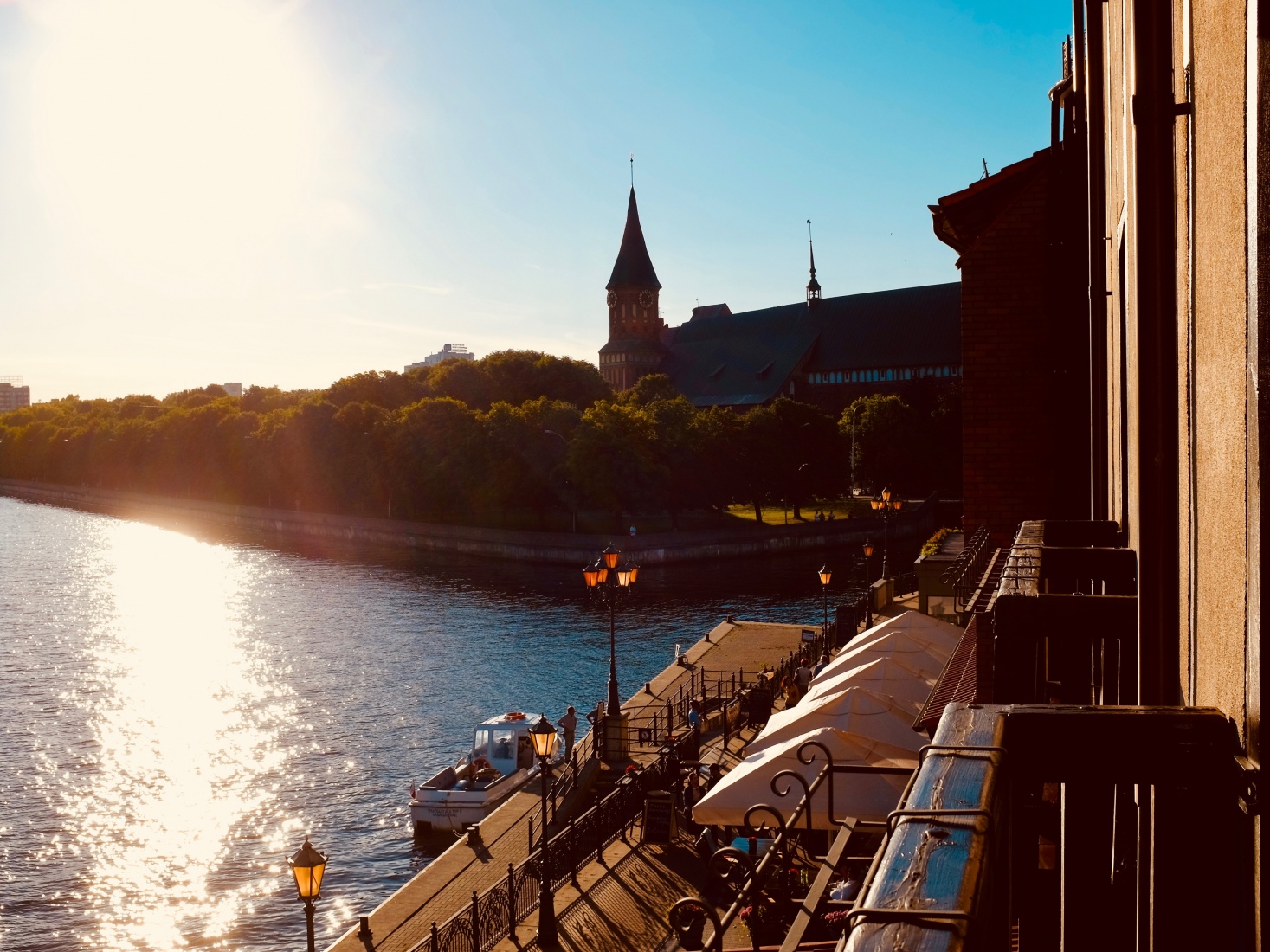
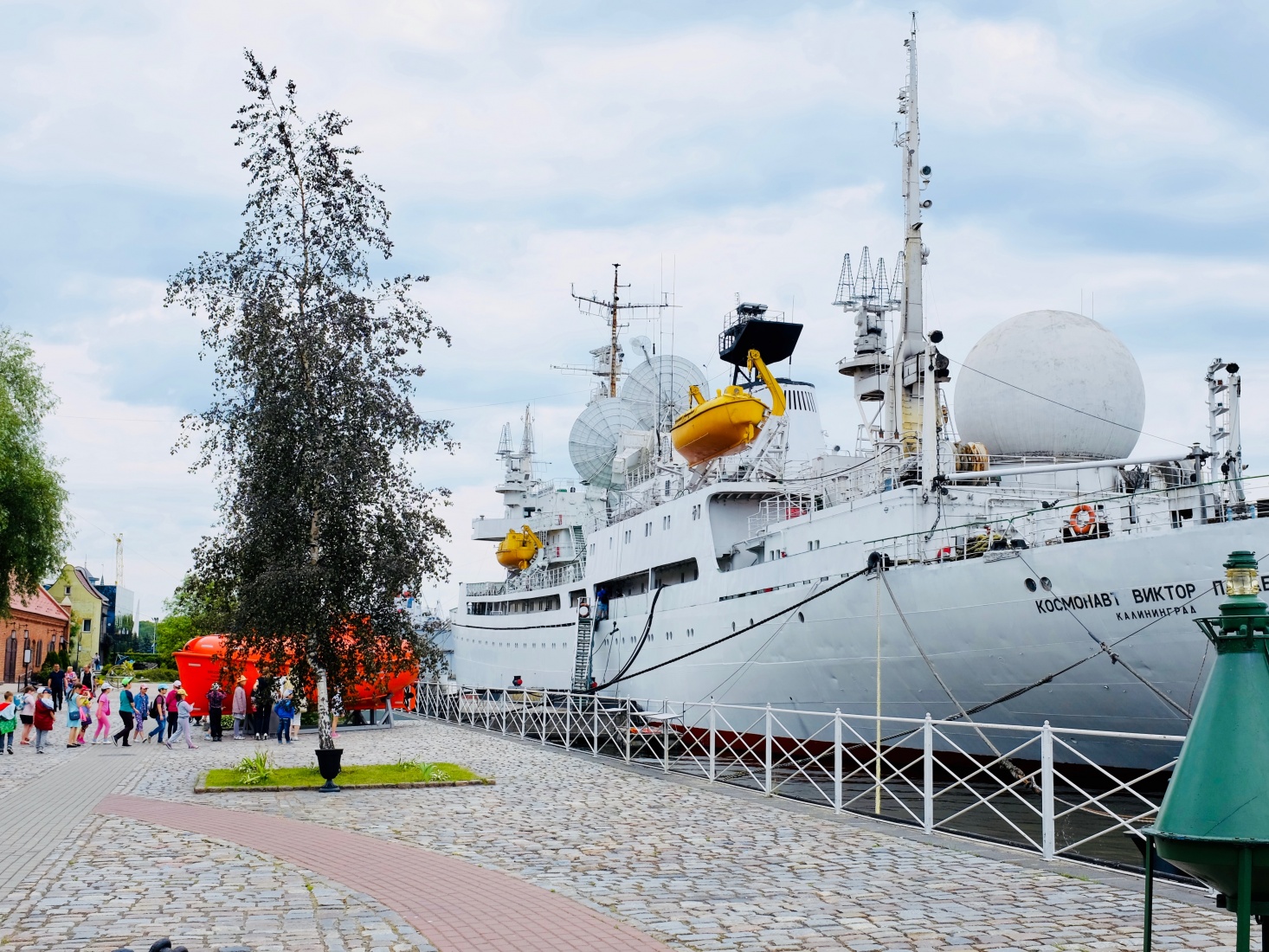
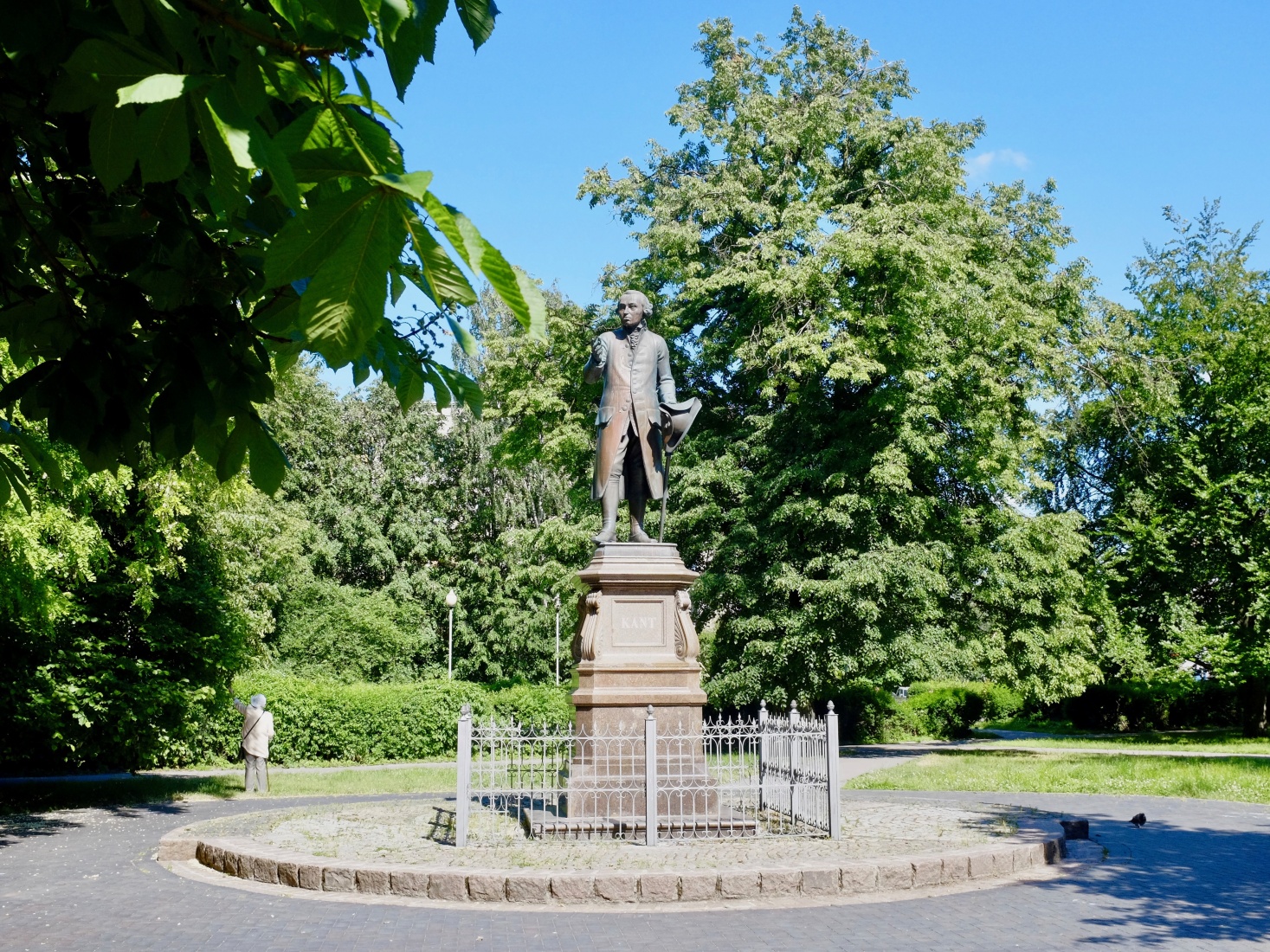
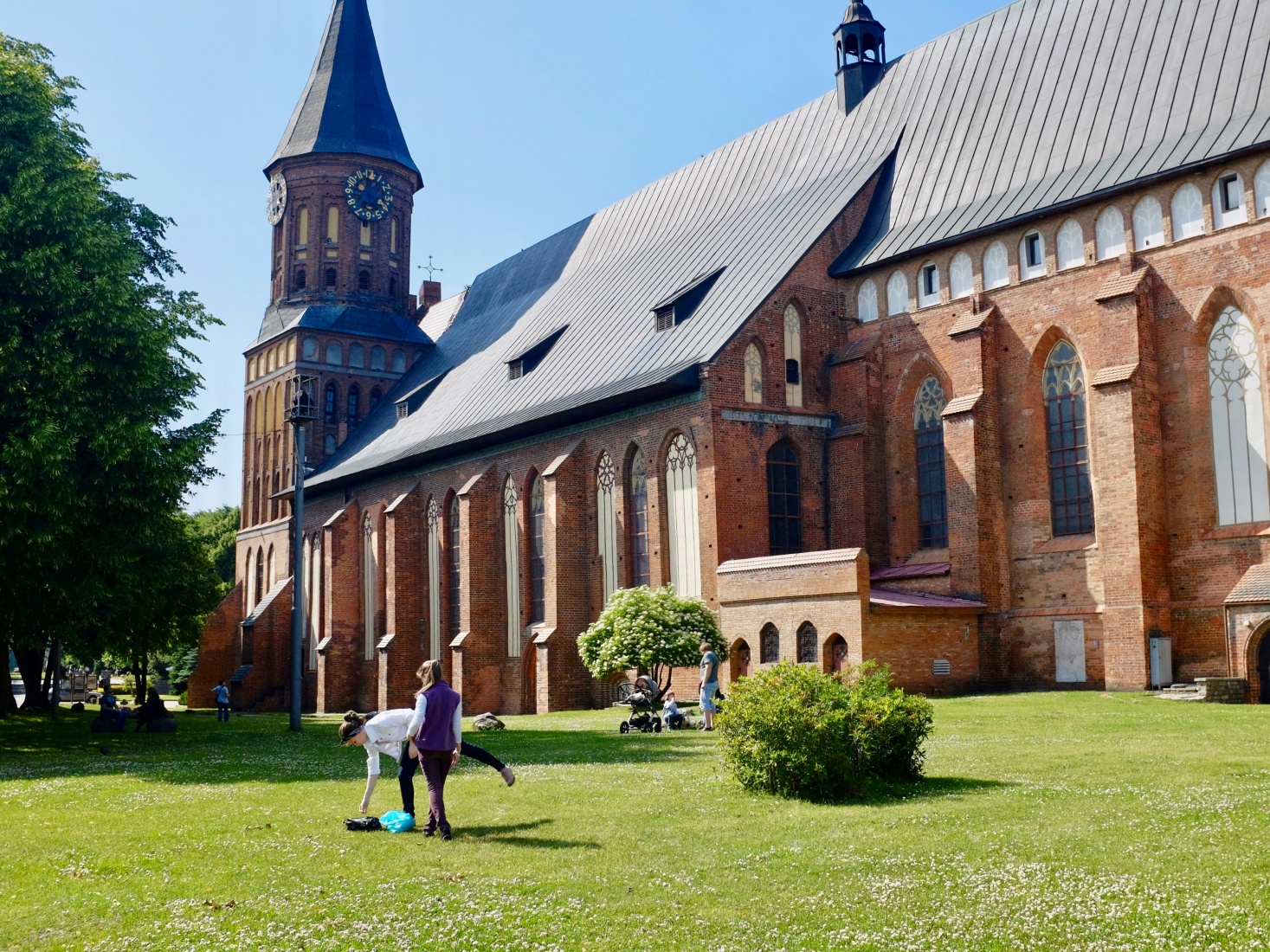
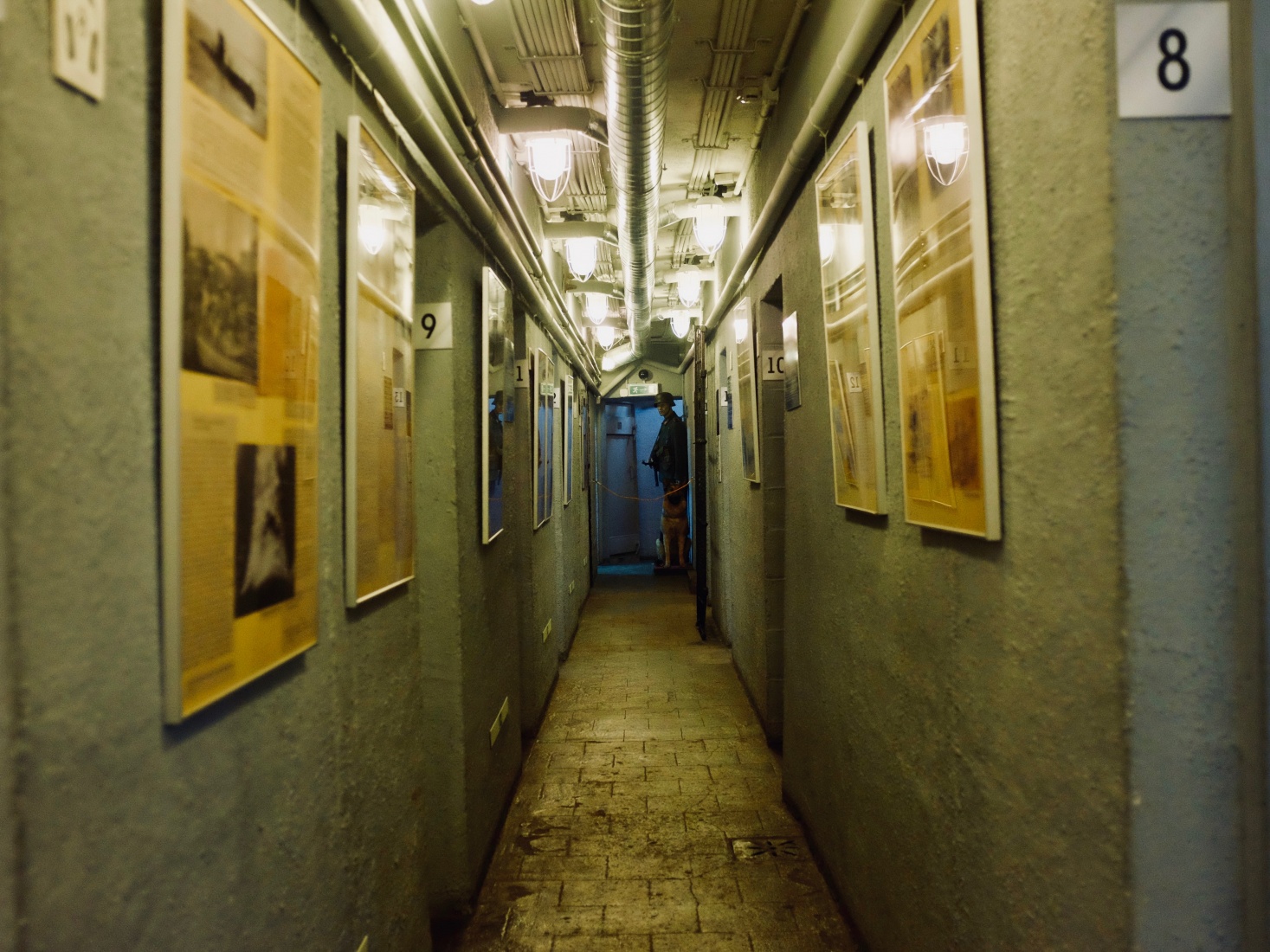
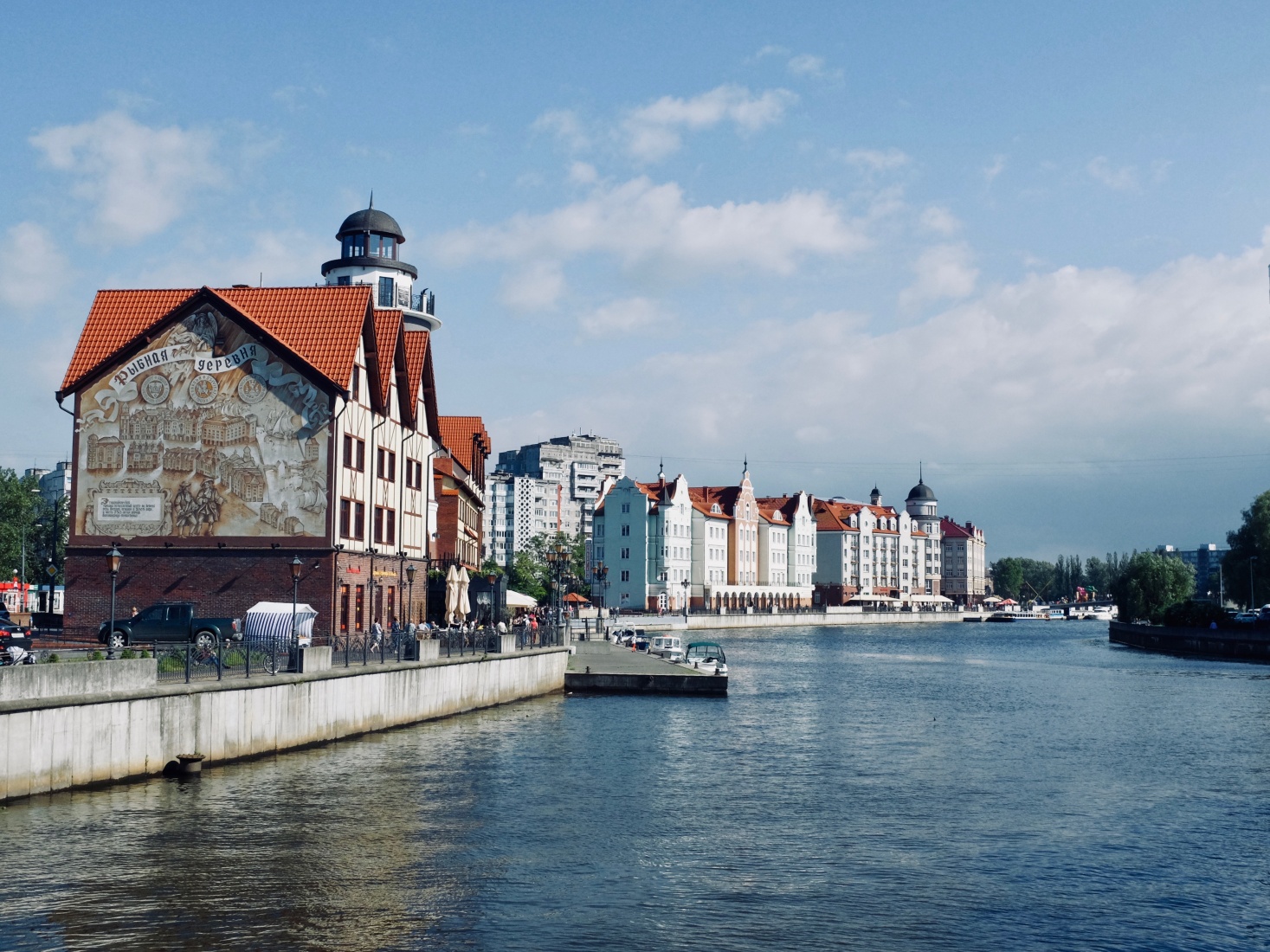
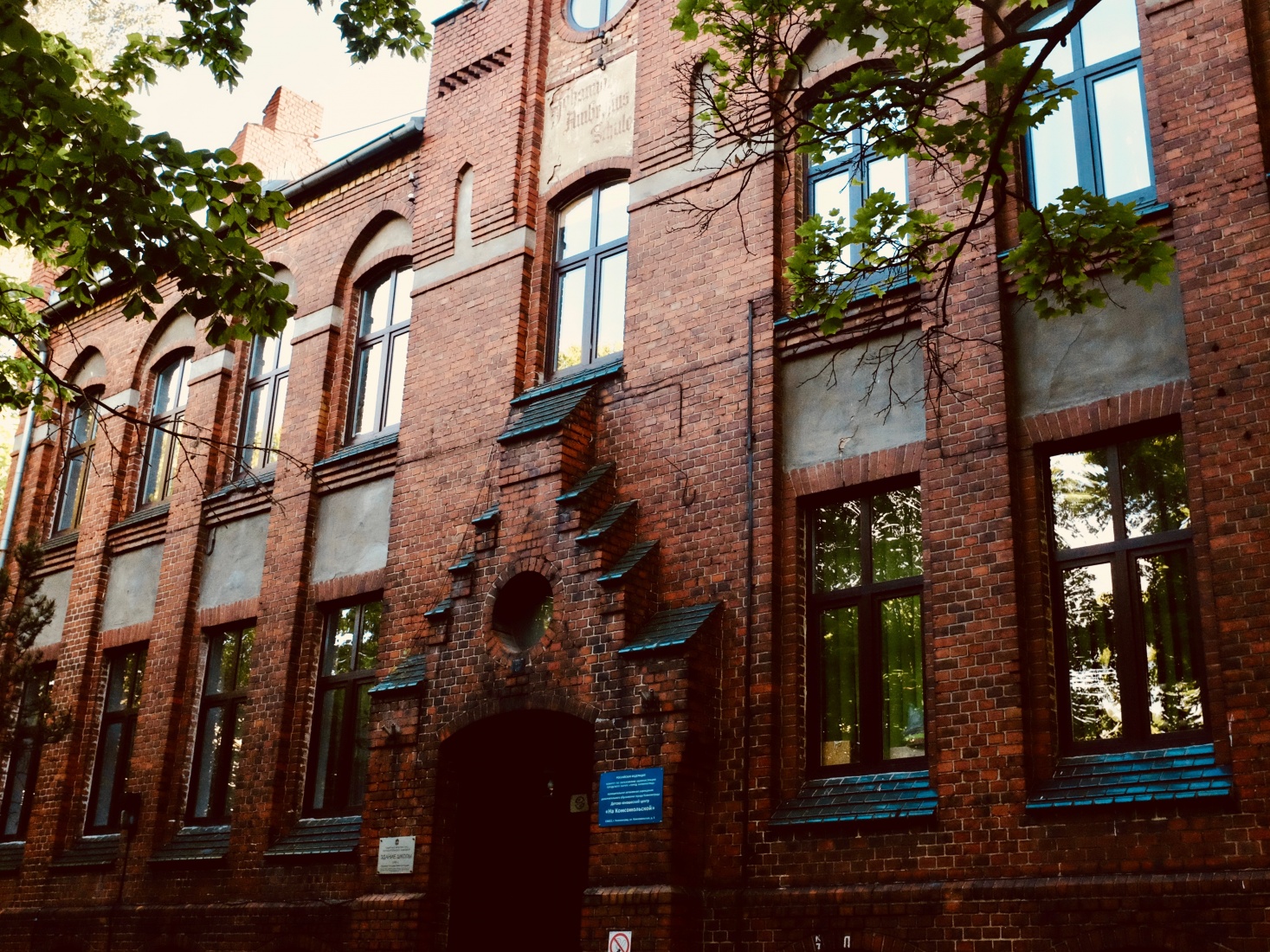
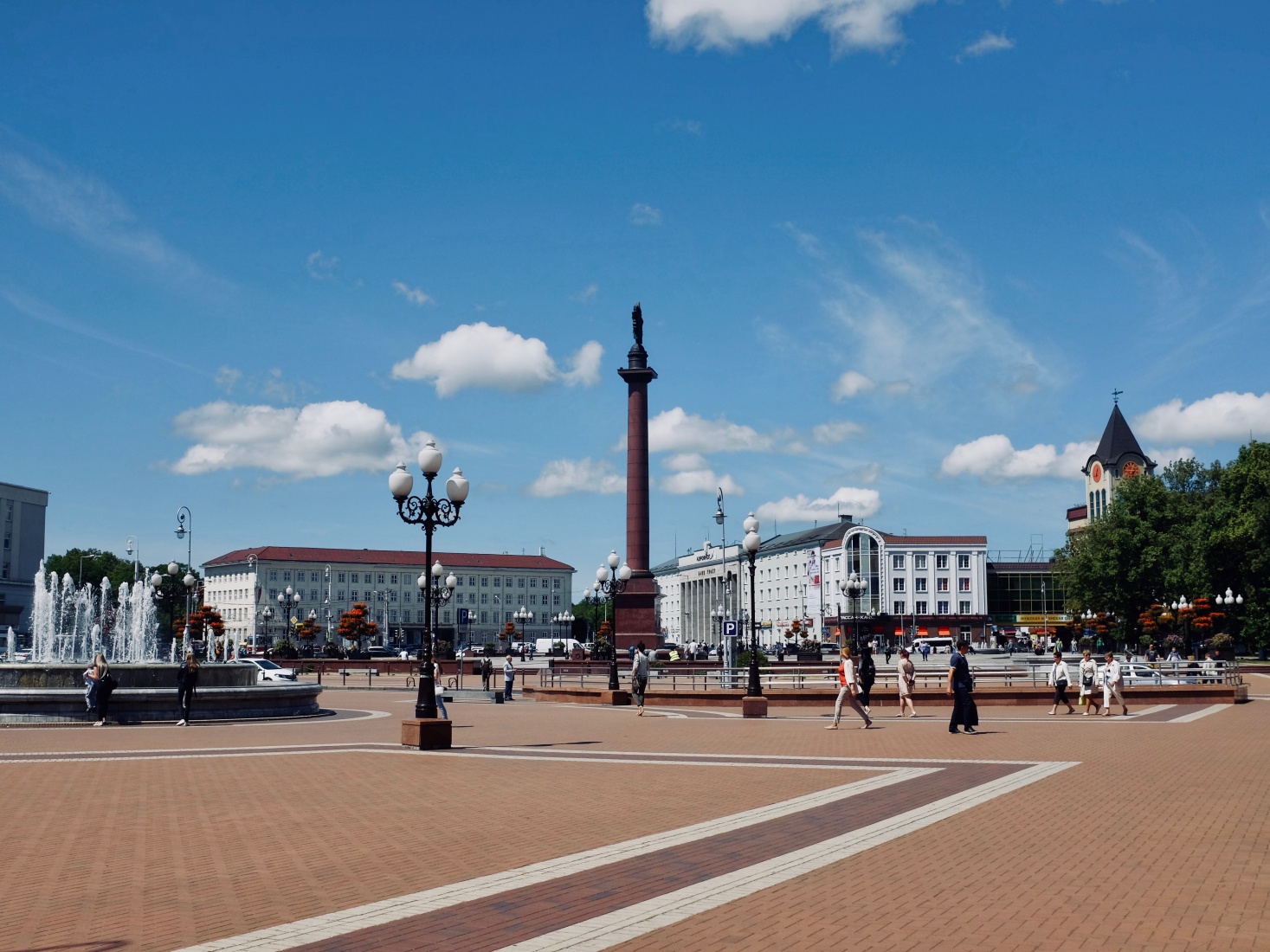
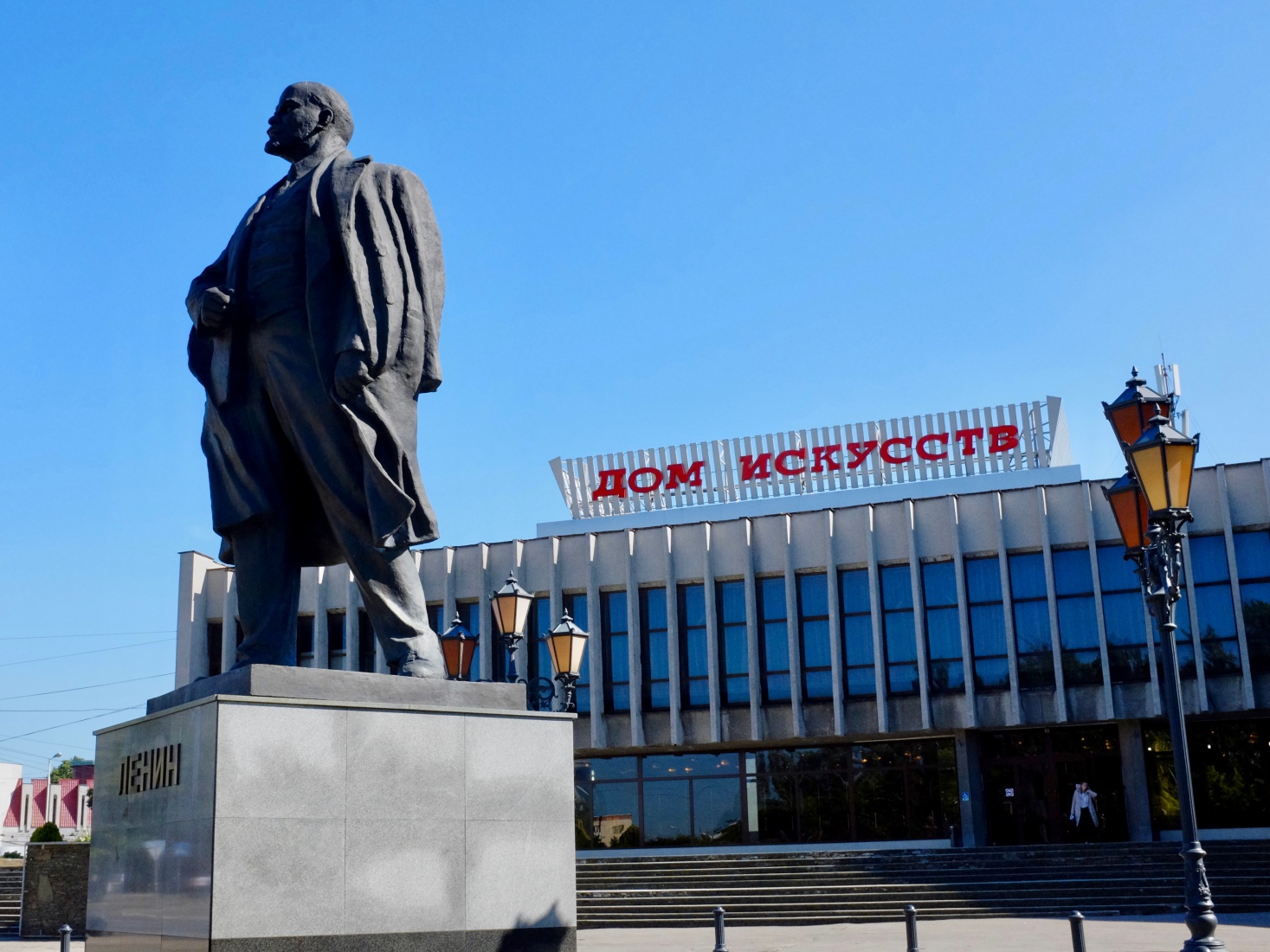
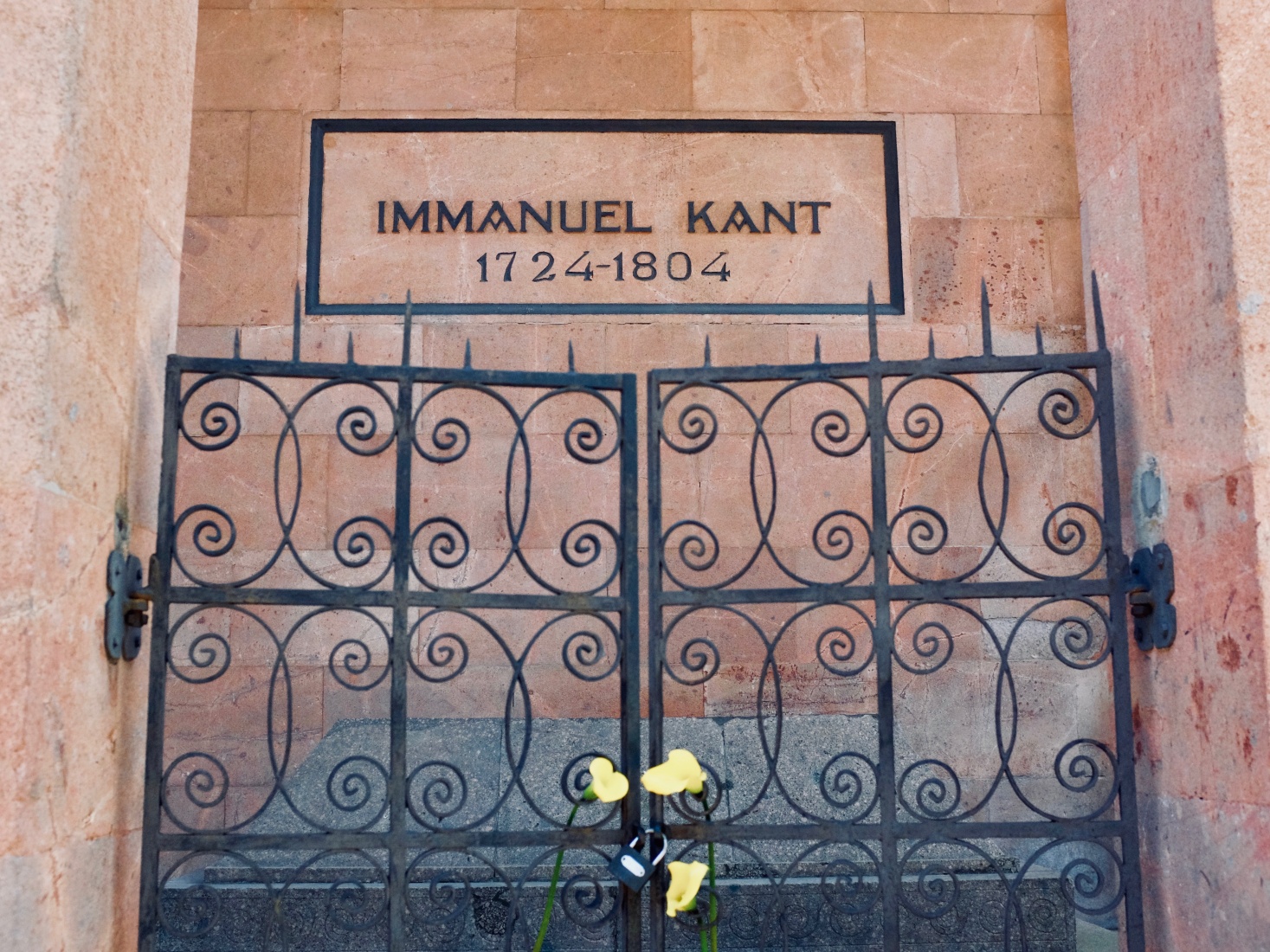
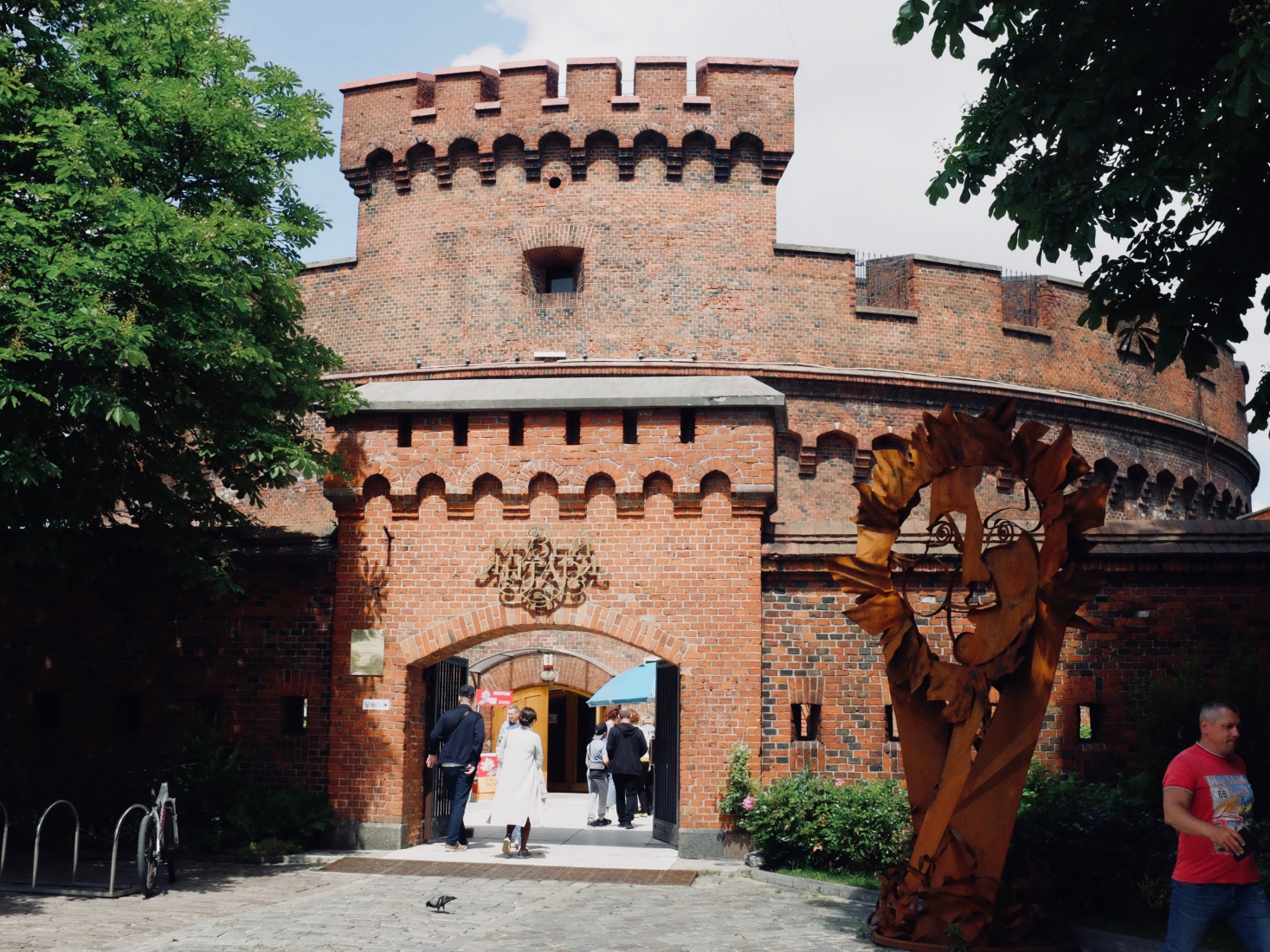
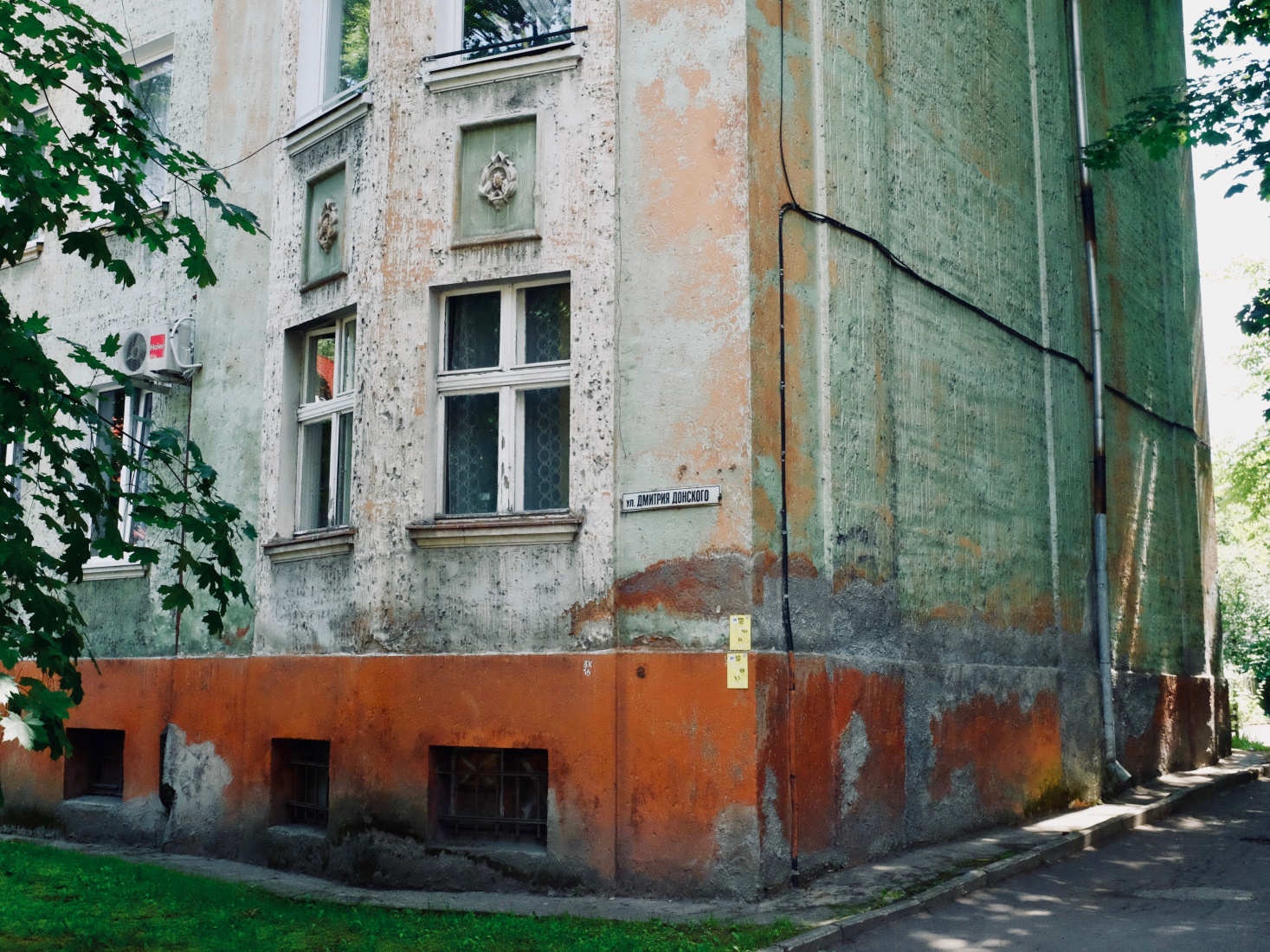
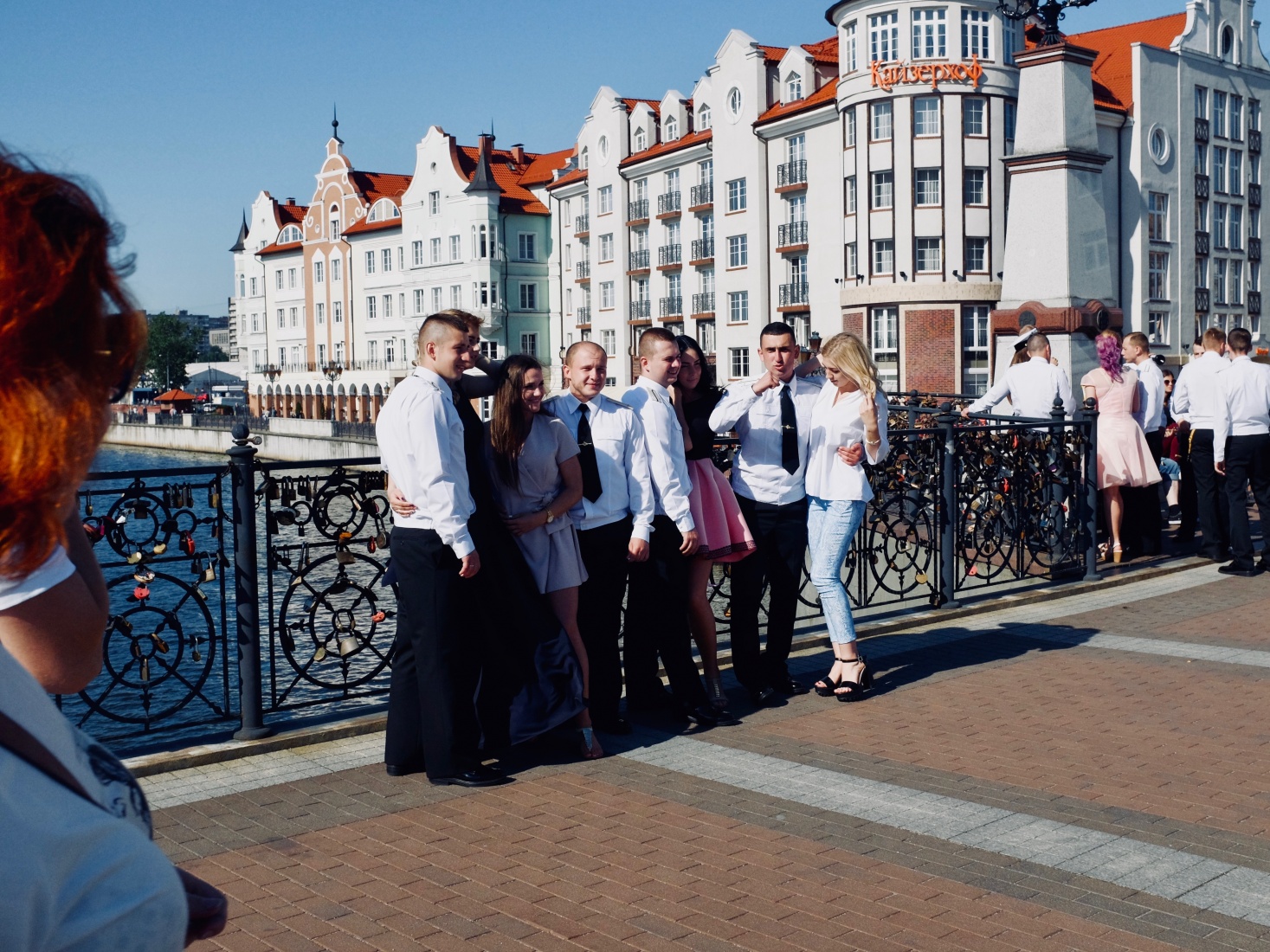
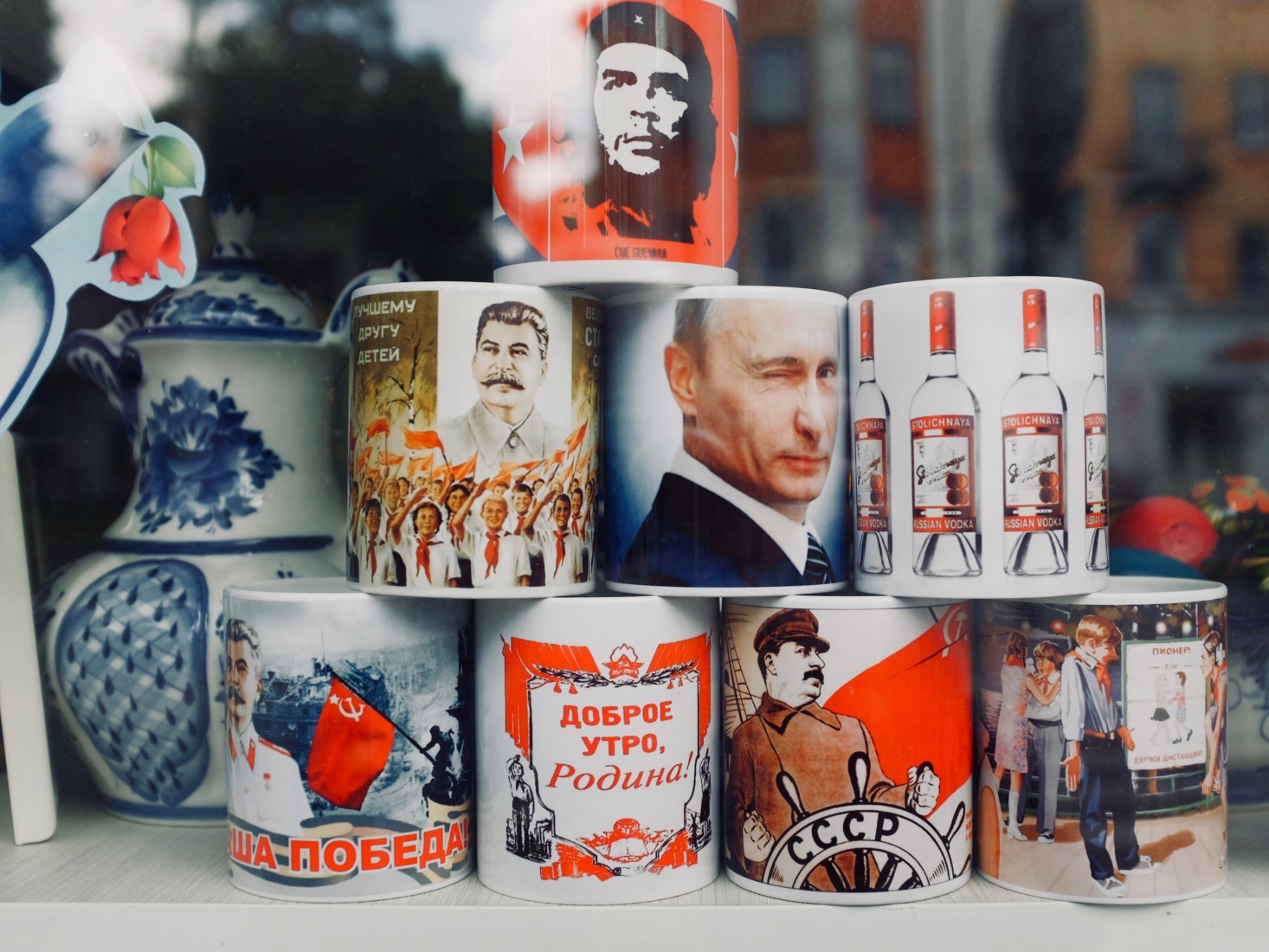
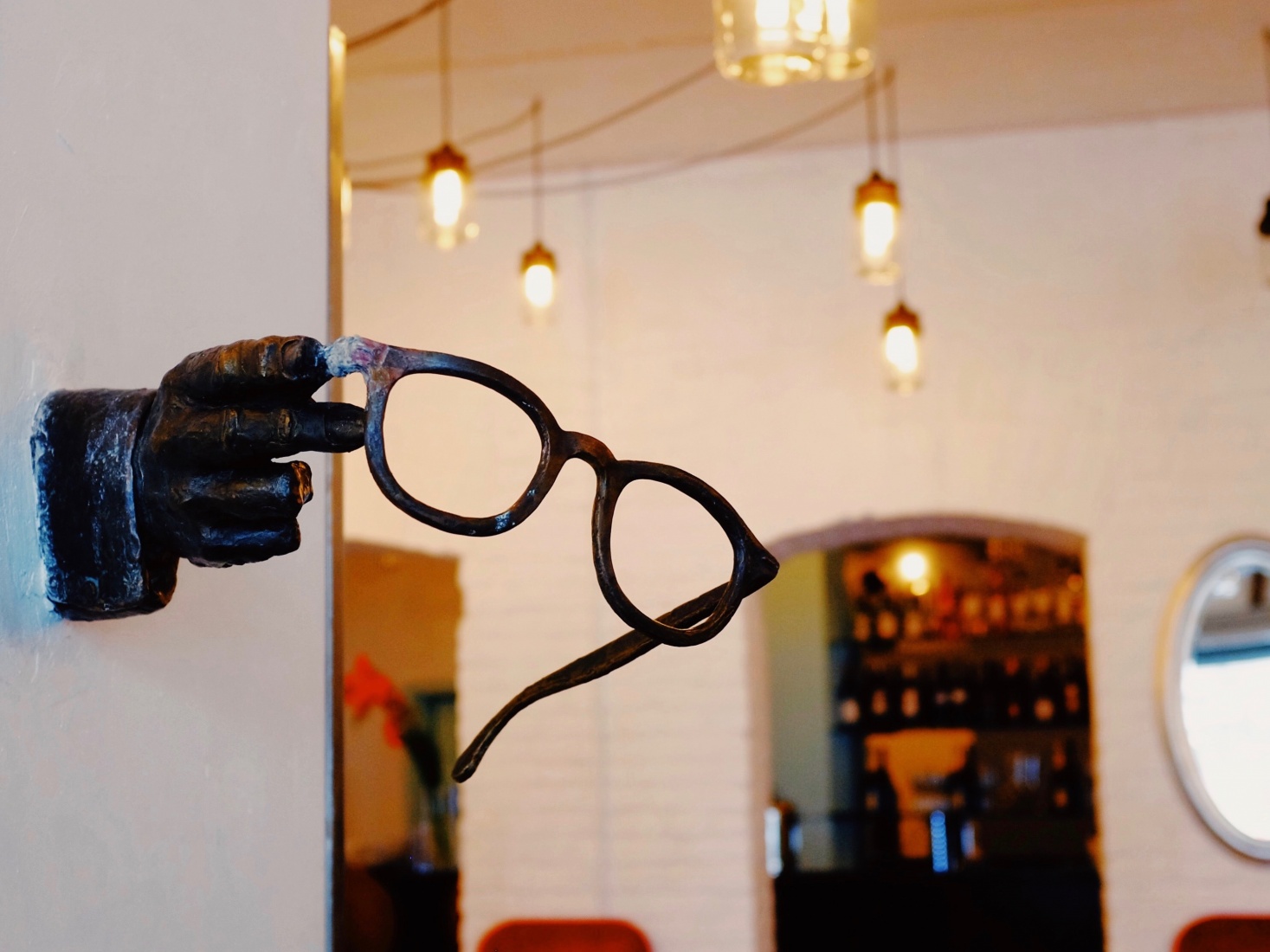

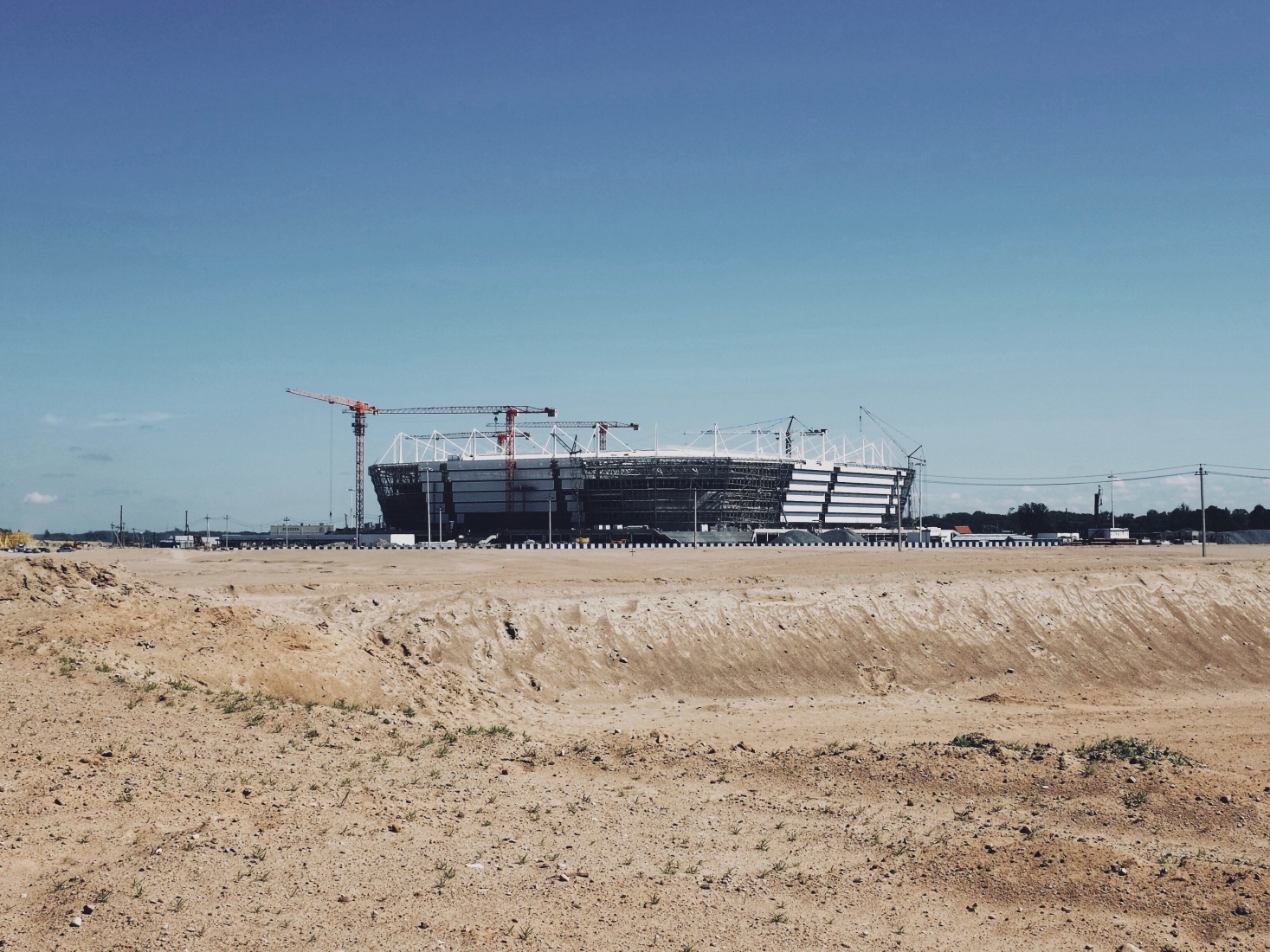

Place I hope to visit for 2-3 days during my next family visit to Lithuania. We almost visited several years back when we drove south a bit on the “split” and came upon the border crossing but not having our passports had to for go the attempt
Hello and thanks for leaving a comment! Unfortunately Russia’s visa policy makes a quick pop over the border very difficult. I hope they resolve that situation soon. It makes Kaliningrad’s regional position even more isolated and unusual! Best, Mark
“but the trip left me scratching my head about why we travel in the first place.”
I was hoping you’d discuss this in the article but I didn’t see it. Any chance you’ve written about this somewhere else? I’d love to read more on this idea.
Hi Greg, Thanks for writing. Yeah, I know I didn’t address that point directly in the piece after teasing it in the intro. The short answer on Kaliningrad is that despite the fact that there is not really very much to see, it’s pretty fascinating just for being there in the first place. I will try to resolve the ‘why we travel’ conundrum in future posts! Best, Mark
Koenigsberg, now Kaliningrad, was practically pulverized during WWII by mainly British bombardments. When the Russians moved in there, they did not “expel” the indigenous population, they either killed them outright or starved them to death. There were hundreds of children, called the wolf’s children ( Vilko vaikai) who were literally tossed over the fence into Lithuania by starving parents, in hopes that someone will take them in and keep them alive. The Russians have a very major military position there; they have hundreds, perhaps thousands of short and medium-range missiles there (Iskander type), two major military air bases, submarine bases and, of course, a major part of their Baltic Fleet of warships. The Russians’ war machine’s presence in Kaliningrad is a major threat to not only the Baltic statees but to all of Europe.
These are all good points and I certainly don’t mean to minimize Russia’s responsibility for Kaliningrad’s isolation. Indeed, Russian visa and other policies are discouraging visitors and making the situation worse. Thank you for leaving a comment.
Glad you made those points, Mindaugas. As a Brit, I have always been aware of the RAFs role in flattening German cities and visiting Dresden was something that brought home the horrors of that, but until I moved to Lithuania, I knew nothing about the British role in destroying Koenigsberg. I don’t think many Brits do.
Hi Mark,
did you try the original Königsberger Klopse, you know the meat balls in white sauce with capers ?
It’s a traditional Prussian specialty from Kaliningrad.
I certainly did! Delicious — but not in Kaliningrad city, but along the coast.